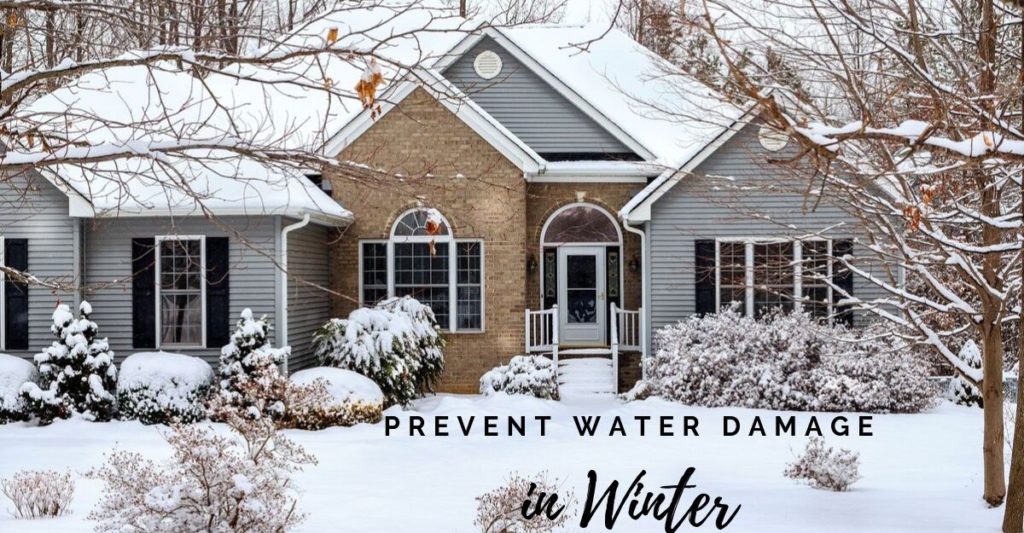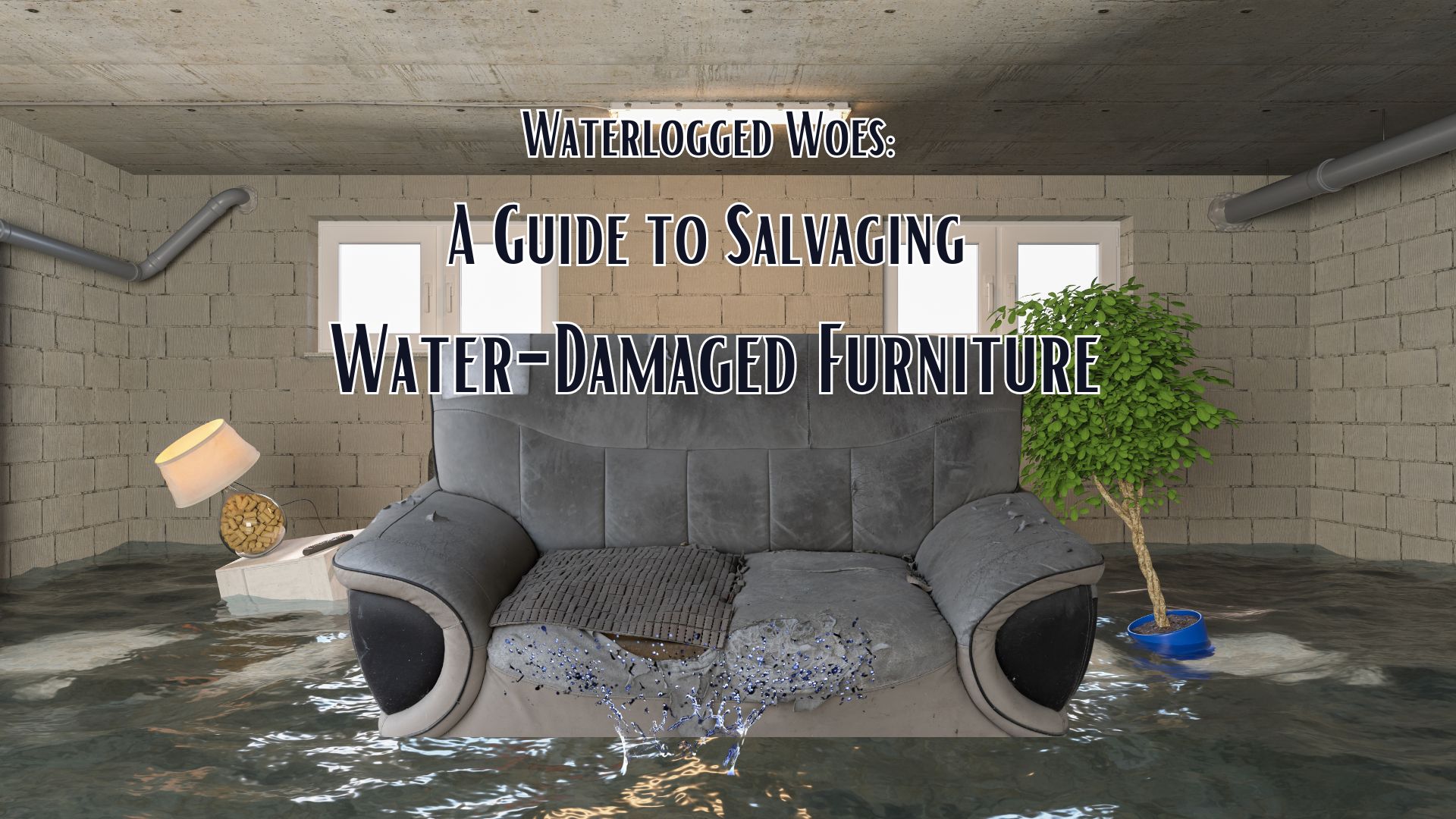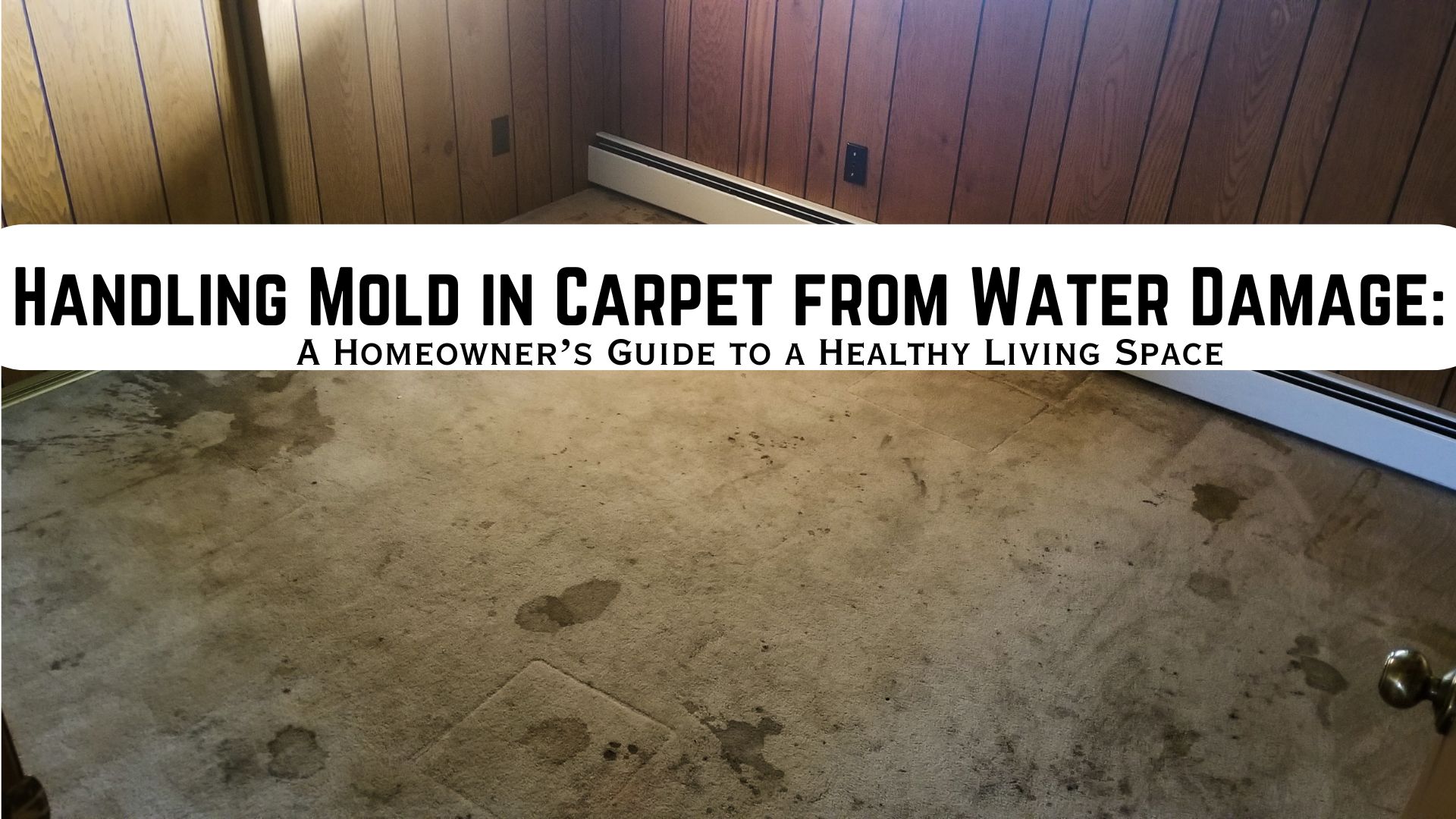
Protecting Your Home from Water Damage in Winter
Winter months can be a beautiful time of the year, but they can also bring about several challenges for homeowners. One of the most common challenges is water damage in winter. The combination of melting snow, freezing temperatures, and burst pipes can lead to significant damage to your home. In this article, we will explore the common causes of water damage in winter and provide you with tips on how to prevent it.
Common Causes of Water Damage in Winter
- Burst Pipes: When temperatures drop, water in the pipes can freeze and expand, leading to ruptured pipes.
- Melting Snow: As the snow melts, it can seep into your home through cracks or gaps in the foundation, causing water damage.
- Exposed Pipes: Pipes located in unheated areas of your home, such as crawl spaces or garages, can freeze and burst.
- Water Heater: A malfunctioning water heater can cause water damage if it leaks or ruptures.
- Garden Hoses: If garden hoses are not properly disconnected and drained, water can freeze and cause damage to the hose and connected pipes.
Preventing Water Damage in Winter
Water damage can happen at any time, in any season. But sources of water damage can somewhat change as the season switches. Fall is a great time to check your home from the damage it has experienced from severe storms in summer and it is also a time to prepare your home for the coming winter season. Doing these things now can keep you from having insurance claims and prevent you from spending hundreds to thousands of dollars for repair. Below are some things you can do to prepare your home and prevent water damage in winter.
- Prevent Frozen Pipes: Insulate your pipes to keep them from freezing. This is especially important for pipes located in unheated areas of your home.
- Remove the Snow: Remove snow from your roof and gutters to prevent ice dams from forming. Ice dams can cause structural damage and lead to water leaks.
- Maintain Your Water Heater: Regularly inspect and maintain your water heater to ensure it is functioning properly.
- Shut Off the Water Supply: If you are going away for an extended period during the winter season, shut off your water supply and drain your pipes.
- Check Your Home for Leaks: Regularly check your home for leaks, and promptly address any issues to prevent mold growth.
Check Your Pipes And Plumbing
Pipes and plumbing are some of the potential sources of water damage. During low temperatures, these items in your house, both external and internal, can be prone to freezing.
- Inspect the condition of your pipes. If the water pressure suddenly became low, it could possibly be blocked by tree roots or it has started to become deteriorated. Hire a plumber to properly check your pipes and make sure that they are in good condition.
- Insulate exposed plumbing. To avoid freezing and potential rupture this coming winter, consider insulating water supply lines that are routed through unconditioned areas of your home such as the attic and crawlspace. This plumbing system can be prone to freezing. Frigid outdoor air can pass through small openings, such as electrical holes. Make sure to seal any openings to prevent this air from touching the plumbing.
- Clean the gutters. Falling autumn leaves or other debris may clog gutters and can cause overflowing during winter rains or when the snow starts melting. Overflowing can lead water to penetrate the exterior walls and siding and will allow water to intrude on the internal part of your home causing severe water damage.
Check the Roof, Attic, and Chimney
In colder temperatures or during a winter storm, the roof, attic, or chimney (if damaged) can allow water to permeate your home. Checking them before the winter strikes can prevent you from having a water-damaged home.
- Do a roof check. Summer storms and the sun can damage your roof. This season is the best time to check your roof for any defects. Replace or repair any missing shingles. If you feel unsafe accessing your roof, or if you are in doubt about the condition of your roof, you may hire a professional roofer contractor to help you inspect your roof and perform necessary repairs.
- Check your attic or crawlspaces. It is often wet in the fall months and summer has probably brought a lot of rain. The water that impacts the wall of your home can cause moisture to seep into your attic and crawlspaces. A simple leak from your roof can also cause your attic to experience water damage. Check your attic or your crawlspace every fall or twice a year to make sure that everything is sealed up and to fix any moisture problems.
- Inspect your chimney, fireplace, and furnace. Checking these areas of your home will keep you from having costly repairs due to emergency water damage. Inspect the condition of your chimney, both indoors and outdoors. Clean the flue, check the flashing, and make sure that there is no build-up of debris. In addition, your heating system should function properly during this season and the colder season. Have your HVAC checked by a professional to see potential damage and to ensure its heating efficiency.
Secure The Exterior Of Your Home
As there are interior sources of water damage, there could be sources of water damage outside of your home.
- Secure outdoor furniture. While it could be great to have a cozy outdoor patio in fall, winter storms can blow away outdoor furniture or other personal belongings and can potentially damage the exterior of your home causing water to penetrate inside. Keep them in proper areas and secure that they won’t blow out during severe weather conditions.
- Reinforce windows and doors. Winter storms can shatter your windows and doors causing breakage and eventually allowing water to seep in. Reinforce them by installing a shatter or plywood.
- Trim overhanging tree branches. While trees are beautiful in fall, they can be the culprit of damage in your home. Make sure to cut back overhanging branches that may not hold off the weight of the winter snow. It is best to give your home a three-foot safety margin, no limbs or branches are hanging on your roof or walls. Moreover, fall is also the best time to remove any dead trees or plants.
Dealing with Water Damage in Winter
If you do experience water damage in winter, it is essential to act quickly. Here are a few steps to take:
- Turn/shut off the water supply so as to prevent further damage.
- Get rid of any standing water and dry the affected area.
- Call a credible and trusted professional to assess the damage and make necessary repairs.
In conclusion, water damage in winter can be a significant problem for homeowners. However, by taking preventative measures and promptly addressing any issues, you can protect your home from costly damage. Be sure to follow the tips outlined in this article to keep your home safe and dry during the winter months.
Need Help This Winter? Call Superior Restoration
While you are enjoying the last bits of summer and welcoming the cool breeze of fall, make sure to inspect your home and give it basic maintenance to ensure that it is ready for the coldest season of the year. It is important to remember to be safe.
But if you are now dealing with water damage due to severe storms of summer or any source of water damage, please contact us immediately to take the necessary actions.



